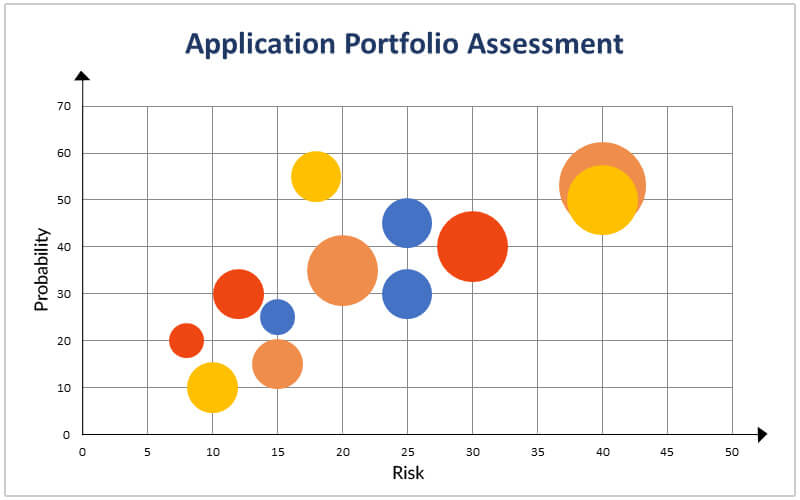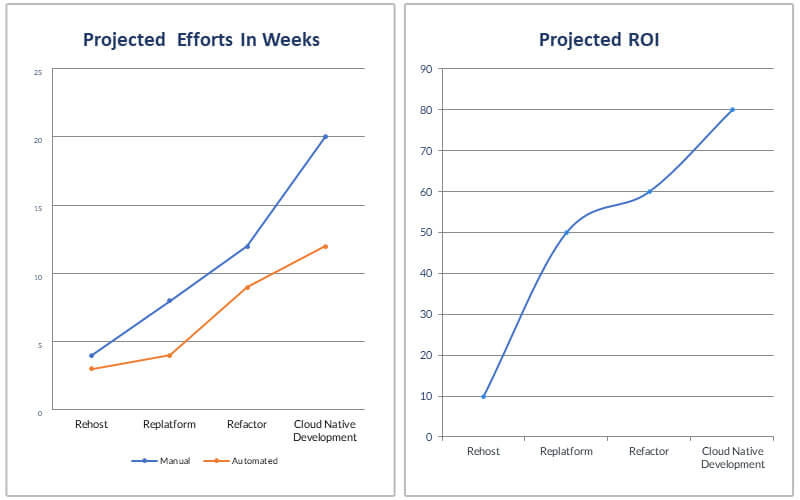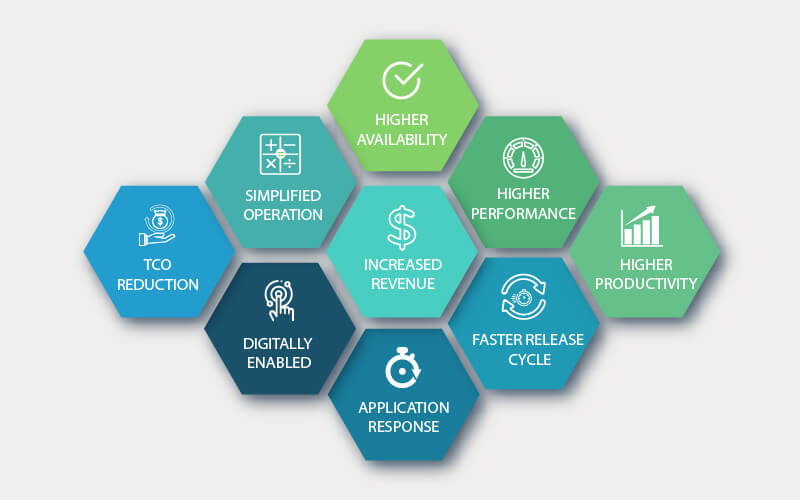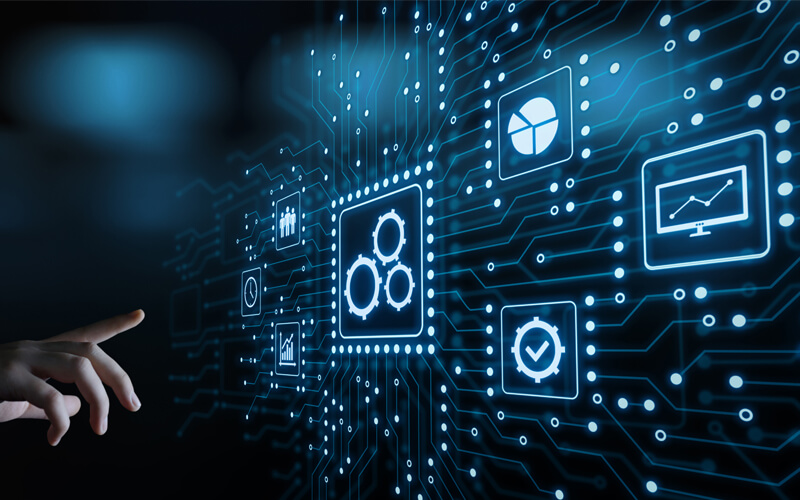This website uses cookies. By continuing to browse the site, you are agreeing to our use of cookies
A Guide to Application Cloud Migration: Overcoming Migration Challenge
Cloud
August 26, 2020
Introduction
In the current cloud age, application modernization, legacy application modernization, and application migration to cloud are key business imperatives for organizations to get resilient, stay agile and plan a roadmap for sustainable growth. While there have been numerous literature on application cloud migration best practices, this blog tries to summarize the most critical aspects of cloud migration strategies that need to be considered for successful application migration to cloud.
Though few cloud migration of legacy applications have been executed successfully, a handful of engagements fail too mostly due to non-compliance to the primary objectives of application cloud migration.
Below are some of the key aspects which may be crucial for overcoming cloud migration challenges.
Objectives of Application Cloud Migration
The objective of cloud migration may be the decisive factor for arriving at any application cloud roadmap, which ideally may not be compromised to justify benefits of investment from the IT-enabled business organizations who embrace this journey.
There can be various and varied objectives for IT-enabled business organizations to embrace the application cloud migration journey, some of which are listed below:
- Operational simplification
- Higher availability
- Improved performance
- Total Cost of Ownership (TCO) reduction
- Reaping the benefits of “pay-as-you-go” cloud platform solutions/ ecosystem
- Compliance
- Enabling the digital journey
Careful consideration is required to arrive at the most appropriate application cloud roadmap which caters to an IT-enabled business organization’s needs and is optimum for its IT landscape. This may be confirmed through a cloud migration or application migration checklist for measuring the success of the journey.
IT Landscape of a Typical IT Enabled Business Group
Though IT landscapes vary widely between organizations, the landscape of a typical mid-size IT-enabled business organization may be as follows:

In most of the scenarios, there may be some concentration of COTS (Commercial Off-the-shelf or third-party products) applications in the 1st and 2nd category where nearly 50% of the second category and almost 90% of the 3rd category would ideally be non-COTS/ custom applications
| Mission-critical/ Life Blood | Business-critical Support Systems | Utilities and Tools |
| 10-30% | 30-60% | 10-20% |
Planning Application Migration to Cloud
Needless to say, a strategy for application migration to cloud would in most cases be different for each of the 3 categories as explained in the previous section. Proper planning and consideration of various factors may be required for successful cloud migration of all these heterogeneous applications typically present in an IT portfolio. Some of the key factors can be as follows:
Enterprise Cloud Strategy
A detailed understanding of the organization’s cloud strategy, cloud presence, cloud service provider alignment, etc. may need to be done to understand the organization’s cloud vision.
Application Portfolio Assessment
A detailed understanding of the portfolio applications based on the factors below need to be there to arrive at the right application cloud migration options:

- Target users (B2C/B2B/B2E)
- Business criticality (Tier 0,1,2,3,4, etc.)
- Availability/ permissible downtime
- Application type (COTS/ custom)
- Application owners (inhouse/ vendors, etc.)
- Technology composition
Cloud Maturity of the IT-enabled Business Org
A detailed understanding of cloud maturity of the organization should be there based on the key parameters described below:
- Cloud adoption level
- Business vision
- Cloud strategy
- Application build & deployment process
- Test-driven Development (TDD)
- DevOps readiness
- Release management
- Application management
- Maintenance processes
Application Cloud Migration Roadmap & Plan
The following steps may be helpful to arrive at the right cloud migration roadmap:
- A clear understanding of all the factors (some key ones are listed above) may lead to various decision trees where the node ends of each branch may culminate to any of the below application cloud migration strategy fit for a group of applications (of similar characteristics) from an application portfolio
- Mapping of risk/consequence vs likelihood/probability may help in arriving at priority of the groups for migration execution
- Mapping of application interdependencies may help in arriving at application migration waves/subgroups
- Mapping of the critical path within waves may help in arriving at wave sprints
Rehosting Applications
These applications may be rehosted in the cloud “as is” (which is also called as “Lift-and-shift” approach) where the risks of cloud migration are minimized to near zero with minimal changes (typically suitable for lifeblood/ mission-critical applications, some of which may even be retained on-premise)
Replatforming Applications
These applications (a bulk of the business support custom applications) may be found to be the cost bags which may well be replatformed to relatively cheaper yet robust and proven platforms, and migrated to cloud where the risk of cloud migration is relatively low if done using automation with any predictive quality assurance in less time with minimal changes (typically suitable for tier 2/3/4 applications of a portfolio)
Application Refactoring/Rewrite
These applications (a percentage of the business support custom applications and also the utility applications) may be found to be not ready for cloud migration. In case these applications have dependencies on the applications to be migrated to cloud, they are likely to be refactored (partially as API-enablement) or rewritten or replaced by SaaS solutions to enable smooth application cloud migration of the complete application portfolio.
Create Cloud-native Applications
Once most of the applications are migrated to cloud and integrated with on-premise, on-cloud, SaaS and related solutions, there may be scenarios where new digital platforms are needed to enable new branding or new market penetration by integrating some of the applications from either cloud or on-premise. While digital services may see SaaS platforms/solutions, a few new business support systems may be required to embrace these cloud-native platforms to reap complete cloud benefits.
Risk Vs Returns of Application Cloud Migration
From Rehost > Replatform > Refactor, the complexity of application cloud migration can increase, which may also carry higher risks of failure. However, the benefits are also proportional to the complexity and risk. Furthermore, when business supporting applications are in bulk, the Replatform / Refactor options can become a time-consuming and risky proposition if not planned properly.

Measuring the ROI of Application Cloud Migration
While the application cloud migration ROI will largely depend on the cloud migration objectives defined by the business decision-makers of the IT-enabled business groups, below are a few tangible and intangible benefits of application cloud migration.
Tangible
Some of the key benefits include:

Even an increase in revenue for some scenarios (like API economy for B2B)
Note: Cloud migration TCO reduction may largely be due to reduction of complexity and cost of operations, including infra and application platform license cost. But this may not necessarily be the reduction of technical debt always.
Intangible
These can include improving the organization’s branding (B2C), employee satisfaction (B2E), improved productivity for internal IT team (DevOps automation), improving employee productivity (B2E) by mobile interfaces, improved security, faster compliance to statutory requirements, etc.
Conclusion
Legacy application migration to cloud requires careful planning and strategy for a successful rollout. The manual process may be too risky for mass migration of large portfolios of big enterprises. Application Replatforming and refactoring may best be done by leveraging automation using any time-tested platform for minimizing the risk of failure or the risk of inability to reap the true benefits of cloud migration.

At Hexaware, our application cloud migration “Center of Excellence” continuously analyzes market trends in application cloud migration. After consulting with decision makers of our large clients and rigorous R&D, we have come up with an enterprise cloud adoption product suite amaze® for applications. It uses AI, pattern-matching and automation and can automate cloud migration of legacy on-premise monolithic applications to cloud-native applications on any cloud for various industry sub-verticals like banking, capital markets, airlines, P&C, insurance, etc. It can help to transform business models as well as industry landscapes.
About the Author

Chirodip Pal
Chirodip Pal works with Hexaware as Product Manager for Cloudify Applications. In his current role, he is responsible for creating Cloudify Application Service Offerings and leading unique differentiators in line with Hexaware’ s Automate Everything®, Cloudify Everything® and Transform Customer Experiences® strategy. He is skilled in leading Complex Mission Critical Enterprise Business Application, Application Portfolio Modernization, and Cloud Migration Engagements. He also leads Application Cloud Migration, and Legacy Modernization Solutions by blending technology and business pain-points.
Read more
Related Blogs

Understanding Snowflake Cortex for Gen AI Applications with Sensitive Data
- Generative AI
- Cloud
- Data & Analytics

Ready to Pursue Opportunity?
Every outcome starts with a conversation
















